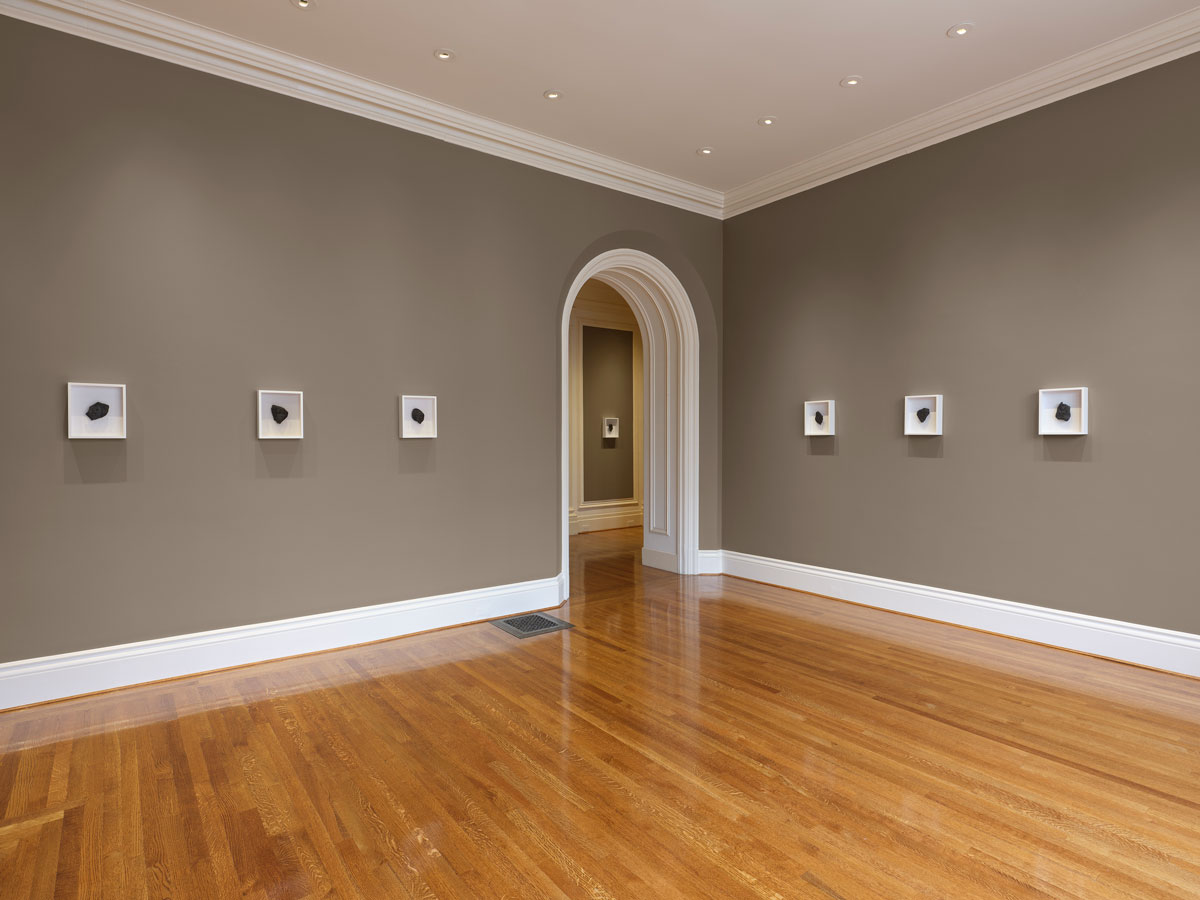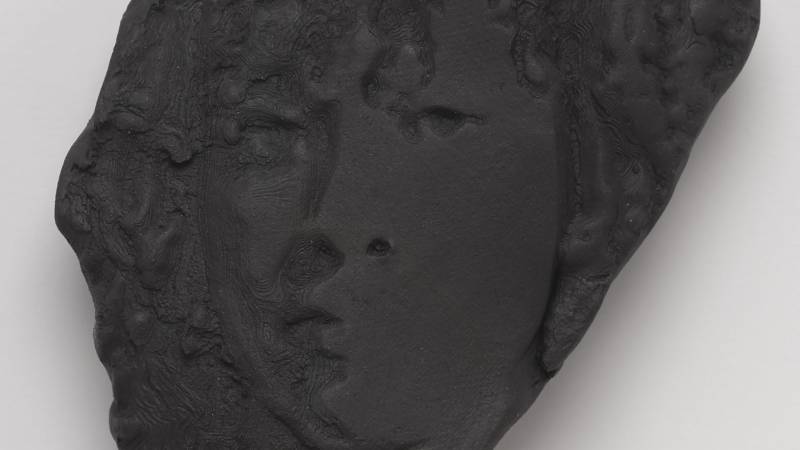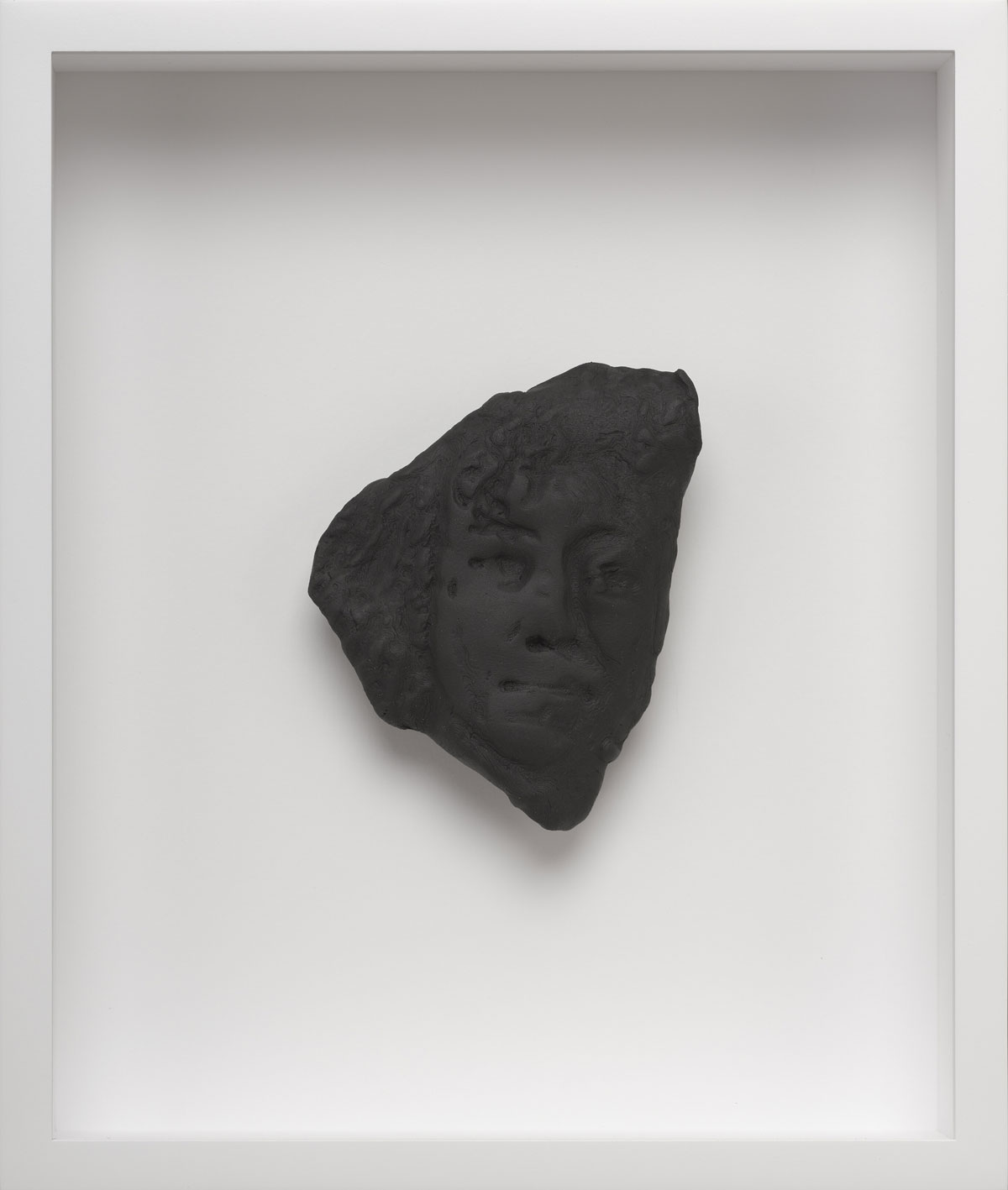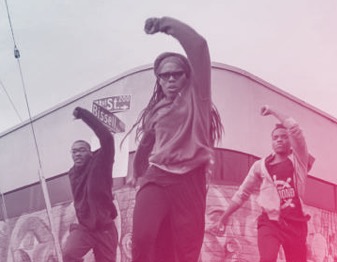This time last year, I’d just published an annual, obligatory “10 Art Shows to See this Fall”-type story, previewing the exhibitions and events to look forward to in the months ahead. Early September is the start of the visual art year, a prime slot for an artist and an exciting moment for the people who love to look at their work. It’s time to flit from opening to opening, celebrating new shows and reconnecting with old friends.
As with so many things, that won’t be the case in 2020. Our museums are still closed indefinitely. Smaller capacity venues now schedule visits by appointment or shift their exhibitions to online viewing rooms. When we do see art these days, we are alone: half holding our breaths as we try to limit our time indoors or else hunched over computers, clicking through digital images. Which is a shame, because some of these shows deserve the buzz and enthusiasm that comes from in-person, communal art experiences.
In a coronavirus-free 2020, San Francisco artist Erica Deeman would have had a packed, conversation-filled opening on Aug. 25, but instead, Familiar Stranger, her show at Anthony Meier Fine Arts, is simply open. In the stately mansion at 1969 California Street, Deeman’s clay works read like specimens, their irregular edges contained within the deep profile of rectangular white frames. Upon closer inspection, the obsidian-black sculptures reveal Deeman’s own face looking out. Familiar Stranger is 15 self-portraits, each uniquely shaped by Deeman’s hands.

The space between Deeman’s flesh-and-blood self and the wobbly, organic lumps of clay lining the gallery walls is filled by both technology and manual labor, a push and pull reminiscent of the past six months: intense physicality paired with digital remove.
The body of work (pun always intended) began during a residency at the Headlands, and draws from Deeman’s experience photographing objects in the Smithsonian’s National Museum of African American History and Culture for the New York Times Magazine’s 1619 Project. In an interview with Essence Harden that accompanies the exhibition materials, Deeman talks about her relationship to these objects linked to slavery, some of them so fragile they could only spend a limited amount of time under lights. Among the images she captured for the Times: iron shackles sized for children; a 19th-century tool for cutting sugar cane; and a daguerreotype of an enslaved woman.




